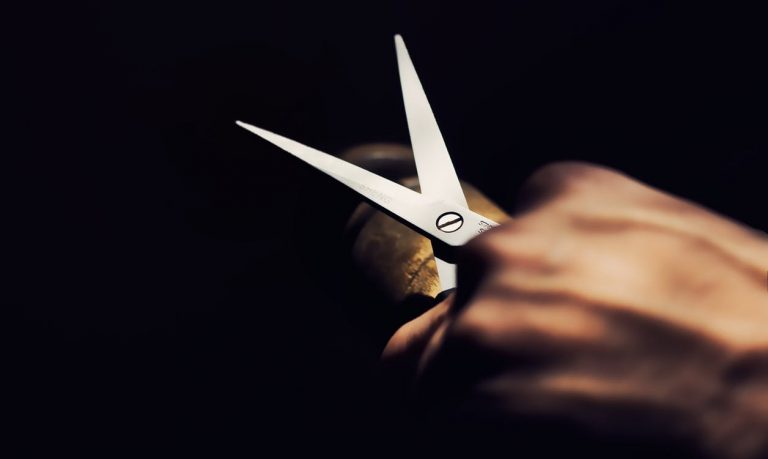How do Drugs and Other Substances Enter Hair?
When a drug or other substance enters your body or is ingested, you begin to process or metabolize that drug. Of course, there are an array of ways you can ingest a substance including eating, smoking, injecting, or inhaling. What’s common among the different forms of using a drug is how the body processes the drug. As the body metabolizes the drug, the substance enters the body’s bloodstream, which carries components of the drug throughout the body, including the hair follicles. It’s through the hair follicles that evidence of the drug becomes part of your hair.
And we’re not just talking about the hair on your head. All your body’s hair grows from hair follicles, so hair in your armpit, for example, would also contain evidence of substance use.
What is a Hair Follicle Drug Test or Hair Drug Screening?
In a hair drug screening, a sample of hair is taken from an individual, and that hair is tested in a lab to identify if a particular drug has been used by the subject being tested. As we mentioned earlier, as drugs are metabolized by the body, evidence of that metabolism and molecular verification of the drugs travel in the blood through the hair follicle and into the hair.
Because these molecules are a part of the hair, the substance or drugs can be professionally screened with a high level of accuracy.
How Accurate is Hair Drug Testing?
Hair follicle drug testing is not more accurate than other screening techniques, like urine screening; but it shows a longer look back period. Here’s why; for even low-level drug use, the body processes the drug and eliminates it from the blood and urine over time. The drug detection times in urine or blood differ from drug to drug and also based on the frequency of use. This differs from the presence of drugs in the hair since the drug molecules have become a part of the hair.
Where a certain substance might only be in the bloodstream or urine for less than a week, the presence of the drug’s molecules in the hair could last much longer, as long as 90 days. The identification-window is limited only by the length of hair collected, our labs request one and a half inches of head hair for the 90-day look-back period.
With drugs like opioids, methamphetamine, and cocaine; hair drug testing can be highly effective in identifying even casual use.
Interestingly, because hair needs time to grow, it does take time for the evidence of drug use to show up in the hair. In most cases, drugs show up in hair follicle screenings about seven days after use.
How Much Hair is Collected for a Hair Follicle Drug Screening?
Because all hair is slightly different, there is a range of hair samples needed for an accurate hair follicle drug screening. Most screenings need 70 – 80 strands of hair at a length of up to 1.5 inches. Body hair can also be tested, hair should be taken from underarms, legs or arms. With body hair, the amount of hair to be provided to the lab should be about the size of a large cotton ball.
What type of drugs can be detected in a standard hair drug test?
A 5-panel drug test (the most common drug test ordered) will test for Amphetamines (including Methamphetamine and Ecstasy), Cocaine, Marijuana, Phencyclidine (PCP) and Opiates (codeine, morphine, and 6-monoacetylmorphine) and “expanded” opiates (which include semi-synthetic opiates – hydrocodone, hydromorphone, oxycodone, and oxymorphone)
Don’t Try to Defraud a Hair Follicle Test
It’s a bad idea to try to defraud any drug screening, and hair follicle testing is no different. You will not be able to entirely remove the molecules from your hair strands, and you put yourself a great risk of being caught attempting to defraud the test. While laws vary from state to state, you could face legal actions, fines, or imprisonment.
For example, if you needed to take a drug test in New Jersey and tried to defraud that test, under New Jersey Statutes Section 2C:36-10, you could be found guilty of a crime of the fourth degree.
How to Pass a Hair Follicle Drug Test
If you’ve read this far, it should be reasonably apparent that the most effective way of passing a hair follicle drug test would be to no ingest the drugs that are being tested. If you have ingested these drugs, it’s important to find a way to stop immediately since the detection period in hair is longer than in urine or blood. The adage “just say no to drugs” is particularly applicable here, especially if you are planning on entering the job market, anticipated the need to be screened to maintain employment, or require screening for legal or probation reasons.
Having no presence of substances or drugs in your system is the most effective way to pass a hair follicle drug screening.
Want more information? Here is everything you need to know about a hair follicle drug test.







